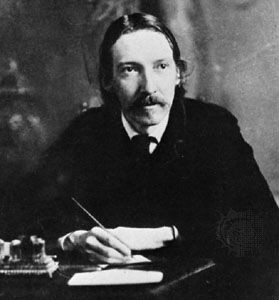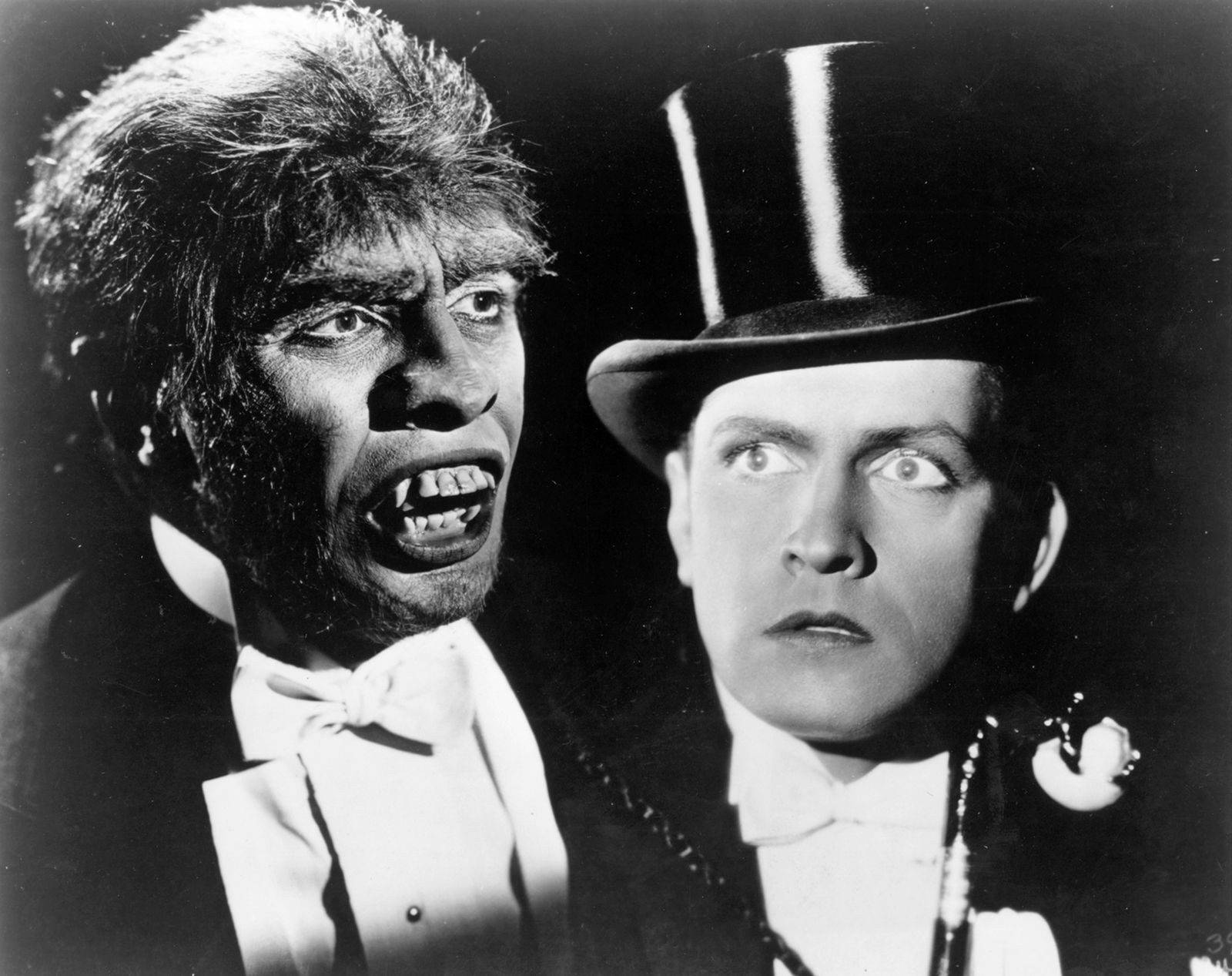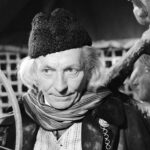The Strange Case of Dr. Jekyll and Mr. Hyde, a compelling novella penned by the Scottish author Robert Louis Stevenson in 1886, remains a cornerstone of Victorian literature and a chilling exploration of the human psyche. The names Dr. Jekyll and Mr. Hyde themselves have become synonymous with the concept of split personality, representing the stark contrast between outward respectability and hidden, darker impulses. This enduring tale delves into the complexities of human nature, exploring the battle between good and evil that resides within us all.
Unraveling the Mystery: A Summary of Jekyll and Hyde
Narrated primarily through the eyes of Gabriel John Utterson, a composed London lawyer and confidant of Dr. Henry Jekyll, the story unfolds with an unsettling encounter. Utterson’s friend, Mr. Richard Enfield, recounts witnessing a disturbing act of violence: a brutish man, Mr. Edward Hyde, callously trampling a young girl in the street. Hyde, described as having a repulsive visage, reluctantly settles with the girl’s family, producing a check drawn from the account of a reputable gentleman, whom Utterson recognizes as his client, Dr. Jekyll. Enfield suspects blackmail, adding a layer of intrigue to Hyde’s shadowy figure.
Utterson’s unease deepens when he recalls Jekyll’s will, a document stipulating that his entire estate should be bequeathed to Hyde. Haunted by this peculiar arrangement, Utterson seeks counsel from Dr. Hastie Lanyon, a mutual friend of both himself and Jekyll. Lanyon, however, reveals a decade-long estrangement from Jekyll, citing Jekyll’s descent into “unscientific balderdash” and professing ignorance of Hyde. Driven by concern, Utterson intercepts Hyde near a dilapidated laboratory connected to Jekyll’s grand house. He introduces himself, attempting to understand Hyde’s connection to his friend. Visiting Jekyll’s residence, Utterson is informed by the loyal butler, Poole, that Jekyll is absent and, ominously, that the household staff is under strict orders to obey Mr. Hyde.
 Robert Louis Stevenson portrait
Robert Louis Stevenson portrait
A year passes before a gruesome murder shatters the fragile peace. A maid witnesses Hyde brutally beating a respected gentleman, another of Utterson’s clients, to death. Utterson, leading the police investigation, discovers Hyde’s residence, finding clear evidence of his guilt, though Hyde himself is missing. Utterson confronts Jekyll, who produces a letter from Hyde, claiming he has found a means of escape. However, a chilling detail emerges: Utterson’s clerk notes a striking similarity between Jekyll’s and Hyde’s handwriting. Initially, Jekyll appears revitalized, but he soon isolates himself, refusing visitors. Utterson visits a gravely ill Lanyon, who entrusts him with a sealed document, to be opened only upon Jekyll’s death or disappearance. Weeks later, a panicked Poole summons Utterson to Jekyll’s house, convinced Hyde has murdered Jekyll. Forcibly entering Jekyll’s laboratory, they discover Hyde’s lifeless body and three documents addressed to Utterson from Jekyll.
The Confession: Unveiling Jekyll’s Dark Experiment
The contents of Lanyon’s and Jekyll’s documents expose a shocking truth. Jekyll, driven by a desire to understand the dual nature of humanity, had secretly concocted a potion designed to separate the virtuous and sinful aspects of his being. This potion allowed him to transform into his sinister alter ego, Mr. Hyde, at will. Initially, Dr. Jekyll could revert to his respectable self with ease. However, the balance began to shift as the malevolent Hyde grew stronger, increasingly asserting dominance. Jekyll found himself involuntarily transforming into Hyde without the potion’s aid. He temporarily ceased using the potion, but upon resuming, Hyde committed murder, solidifying his terrifying power. Thereafter, an immense quantity of the potion was required to suppress Hyde’s spontaneous emergence. Tragically, Jekyll exhausted the crucial, originally impure, ingredient needed to create the potion. With no means to control the transformations, Jekyll, in his final act, consumed the last of the drug to pen his confession, knowing permanent transformation into Hyde was imminent.
 Fredric March as Dr. Jekyll and Mr. Hyde in 1931 film
Fredric March as Dr. Jekyll and Mr. Hyde in 1931 film
Enduring Legacy and Cultural Adaptations
Stevenson’s novella resonated deeply with the Victorian era and continues to captivate audiences today. The concept of the “double,” or doppelgänger, was a prevalent theme in 19th-century literature, particularly within German Romanticism. Prior works such as Fyodor Dostoevsky’s The Double (1846) and Mary Shelley’s Frankenstein (1818) explored similar themes of duality and the monstrous self. Oscar Wilde’s The Picture of Dorian Gray (1890) and H.G. Wells’ The Island of Doctor Moreau (1896) and The Invisible Man (1897) further cemented this literary fascination with hidden selves and moral corruption.
In The Strange Case of Dr. Jekyll and Mr. Hyde, Stevenson subtly suggests an imbalance in human nature, where the capacity for evil, though potentially smaller, can manifest with overwhelming force. Hyde’s smaller stature compared to Jekyll might symbolize evil as a contained aspect of Jekyll’s personality, yet capable of extreme violence. The novella became a powerful representation of the Victorian “bifurcated self,” exposing the hypocrisy of a society obsessed with outward respectability while suppressing inner desires. Jekyll embodies this dichotomy, a gentleman on the surface concealing “baser desires” beneath. The story’s impact intensified following the Jack the Ripper murders in 1888, as the novella’s exploration of hidden savagery mirrored the anxieties of urban life and the emergence of inexplicable violence.
The story’s dramatic potential was quickly recognized, with a stage adaptation appearing in 1887, featuring Richard Mansfield as the dual protagonist. Numerous film adaptations have further amplified the novella’s horrific elements, from silent versions starring John Barrymore (1920) to B-movie interpretations like Doctor Jekyll and Sister Hyde (1971), which introduced a female alter ego. Notable adaptations include the acclaimed Dr. Jekyll and Mr. Hyde (1931) starring Fredric March and the later version featuring Spencer Tracy (1941). Even in the 21st century, Stevenson’s narrative continues to inspire adaptations and critical debate, particularly regarding the psychological interpretations of Jekyll’s transformation, sparking discussions about dissociative identity disorder, psychosis, and other forms of psychopathology. The enduring appeal of The Strange Case of Dr. Jekyll and Mr. Hyde lies in its timeless exploration of humanity’s inner conflicts and the ever-present struggle between our good and evil natures.

